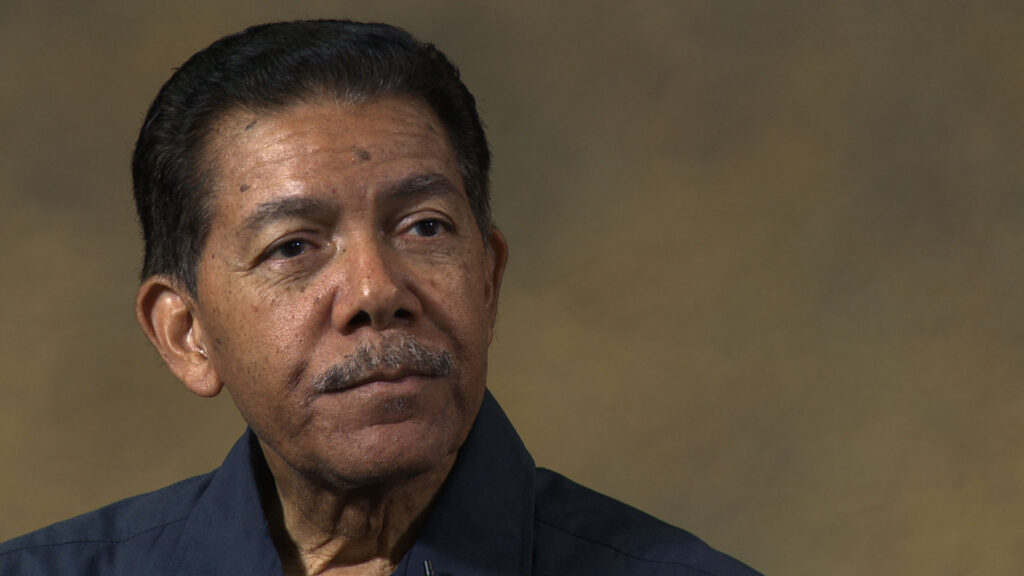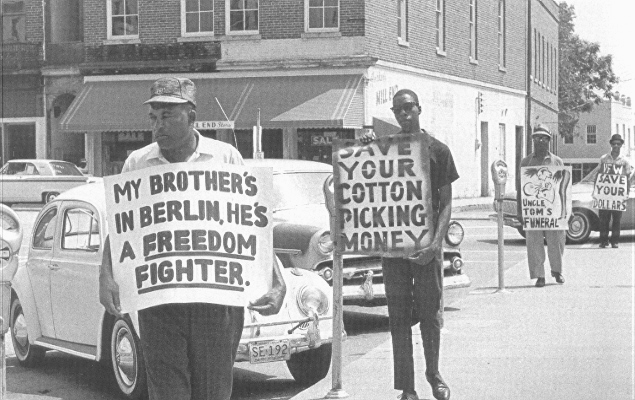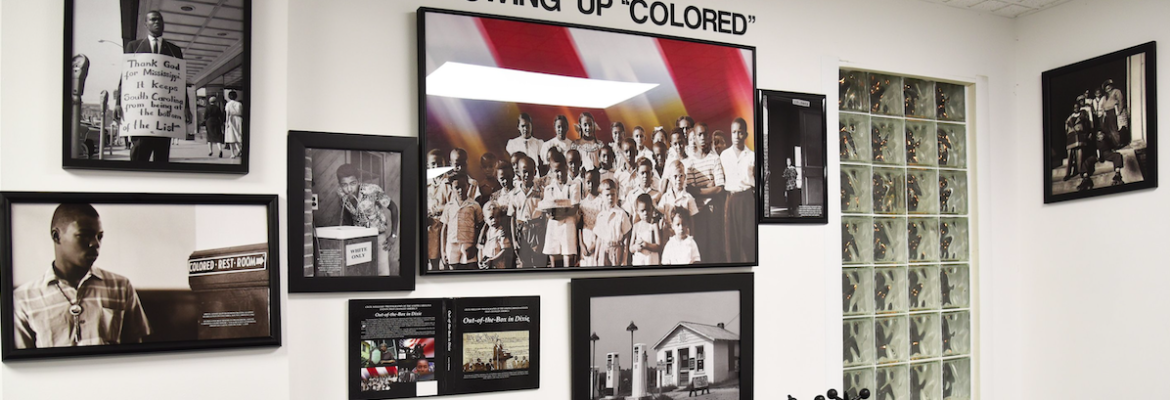Photographer Cecil Williams’ vision gives South Carolina its only civil rights museum
By Jeffrey Collins – AP
ORANGEBURG, S.C. (AP) — Much of how South Carolina has seen its civil rights history has been through the lens of photographer Cecil Williams. From sit-ins to prayer protests to portraits of African Americans integrating universities and rising to federal judges, Williams has snapped it.
After years of work, Williams’ millions of photographs are being digitized and categorized and his chief dream of a civil rights museum marking how Black Americans fought segregation and discrimination in the state is about to move out of his old house and into a much bigger, and more prominent, building in Orangeburg.
“Images can be very powerful storytelling,” said Williams, who turned 85 last month. “And the struggle to get the rights we were due under the U.S. Constitution is a very powerful story.”
While Williams’ story and those in his images will be remembered, preservationists and historians worry plenty of African American history is being lost as those who lived during the civil rights era die and their letters, photographs and other mementos of the struggle are tossed out.
“We talk about superheroes like Superman or the Black Panther. But I wish young people would realize there are superheroes in their neighborhoods who fought injustice every day,” Williams said.
Williams got his first camera when he was 9. A few years later he took one picture of civil rights attorney and later Supreme Court justice Thurgood Marshall getting off a train to work on a segregation case — just one frame because it was dark and flashbulbs were $1 each.
The photo got a lot of attention. Soon, Jet magazine had Williams taking pictures. He kept going for decades, capturing images of the Charleston hospital workers strike, U.S. Sen. Strom Thurmond’s last campaign and the Confederate flag being removed from atop the Statehouse dome.
In 2019, Williams, his wife and a friend realized there was no museum focused on civil rights in South Carolina, unlike every other Southern state.

So Williams converted his old house and darkroom in a residential neighborhood in Orangeburg into the Cecil Williams South Carolina Civil Rights Museum. He created the exhibitions and partitioned off the rooms himself. It’s had 25,000 visitors with little marketing.
His photographs are everywhere, but that’s not all. There is a bowling pin and shotgun shells from the All-Star Bowling Lanes where demonstrations to desegregate in 1968 ended with police firing on protestors, killing three of them in what became known as the Orangeburg Massacre.
Close to his heart is the section about Briggs v. Elliott, the South Carolina case that provided the foundation for the U.S. Supreme Court to overturn legal segregation in Brown v. Board of Education.
Williams displays the Bible of the Rev. Joseph DeLaine, one of the plaintiffs in Briggs v. Elliott who organized Black parents to fight their local school district over its grossly unequal schools. There also is DeLaine’s long gun which he used to protect himself and his family when racists came to attack them one night.
Williams’ latest efforts are a longshot attempt to get the U.S. Supreme Court to rename the Brown case the Briggs case in its official records. The Briggs cases landed on the Supreme Court’s docket in 1951; Brown was added a year later. The court has said the name happened when a clerk consolidated five cases against segregation including the Brown and Briggs lawsuits. Williams said he thinks it was intentional to obscure that South Carolina generated the case that killed segregation.
“Sometimes in history, being first matters. And this is one time where it should have mattered,” Williams said.

The negatives containing the history Williams chronicled have been scanned in by Claflin University. Students are working to catalog them with dates and the people in the photographs. But historians worry that’s not the case everywhere as the generation that fought for civil rights dies.
People like historian Brent Leggs aren’t only interested in preserving the houses where civil rights meetings took place and the malt shops where Black people sat at whites-only counters. They want letters, posters, recordings of speeches and sermons, furniture, and anything else that tells the story of what happened, what it looked like, and how it sounded.
“I just believe there is a deep civic well in the Black community. As generations change and change moves through these families, we lose an understanding of the importance of that type of history,” said Leggs, the executive director for the African American Cultural Action Heritage Fund. He urges saving the material and having historians look it over.
In the next year or so, Williams hopes to move his museum into a building three times larger in downtown Orangeburg with full-time staff.
It’s part of a $23 million federal grant to revitalize Railroad Corner in Orangeburg as a gateway to the city that is nearly three-quarters African American with two neighboring historically Black universities. And it’s the culmination of years of trying to get support from anyone who will listen.
“We’re running out of time. I’m running out of time. I have tried for four or five decades to make an impact, to make our history known,” Williams said.

Williams notes almost all the money for the work is coming from federal or local sources.
“South Carolina has long wanted to hide this history,” said Williams. who thinks South Carolina leaders wanted to keep quiet the racism occurring throughout the state.
Williams made sure his museum showed that hidden history. Along with the Briggs case, it remembers Sarah Mae Flemming, an African American woman kicked off a Columbia bus seven months before Rosa Parks refused to give up her bus seat in Montgomery, Alabama.
“Sometimes I put myself into situations where I’m photographing things that became a part of history. But there were other times that it just seems to be my destiny that I arrived at a situation,” Williams said. “I became a poster boy for people who couldn’t speak for themselves.”
At the pinnacle of his career, Williams and his pictures were unwelcome in whites-only South Carolina newsrooms. In Columbia, he was kept from the state’s largest newspaper but allowed in the nearby offices of The Associated Press, which transmitted some of his photos to the world.
“White-owned newspapers in South Carolina did not employ Black reporters or photographers and seldom covered the events of Black people’s lives. Sometimes, thanks to AP distribution, Williams’ work countered this omission,” author Claudia Smith Brinson wrote in Injustice In Focus, a book she wrote with Williams about his life.


